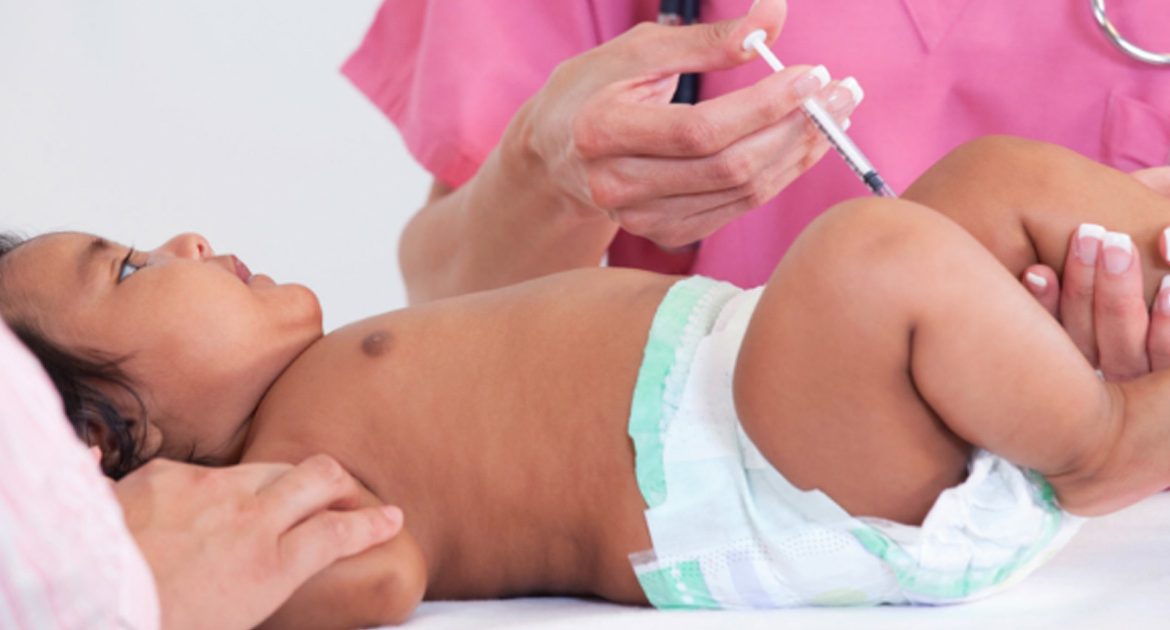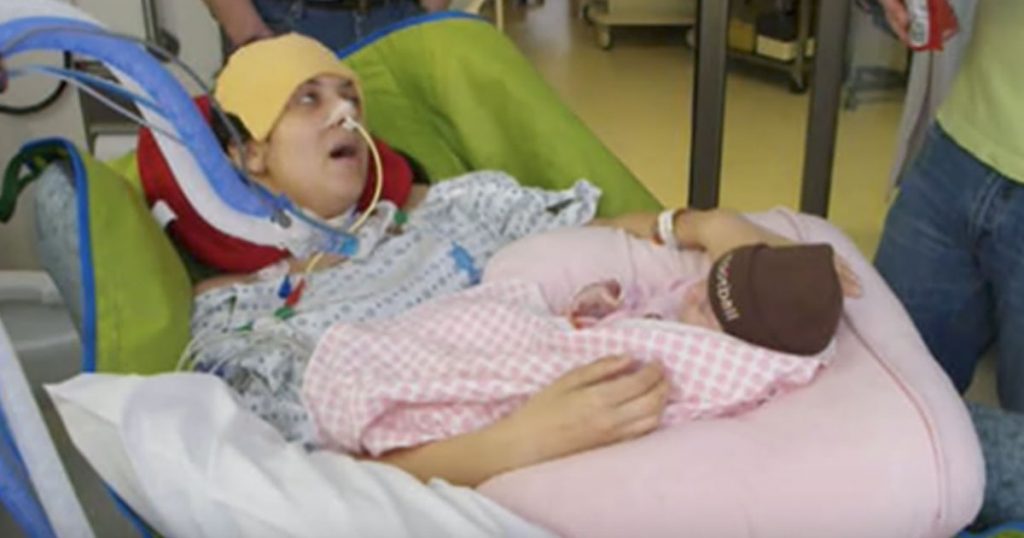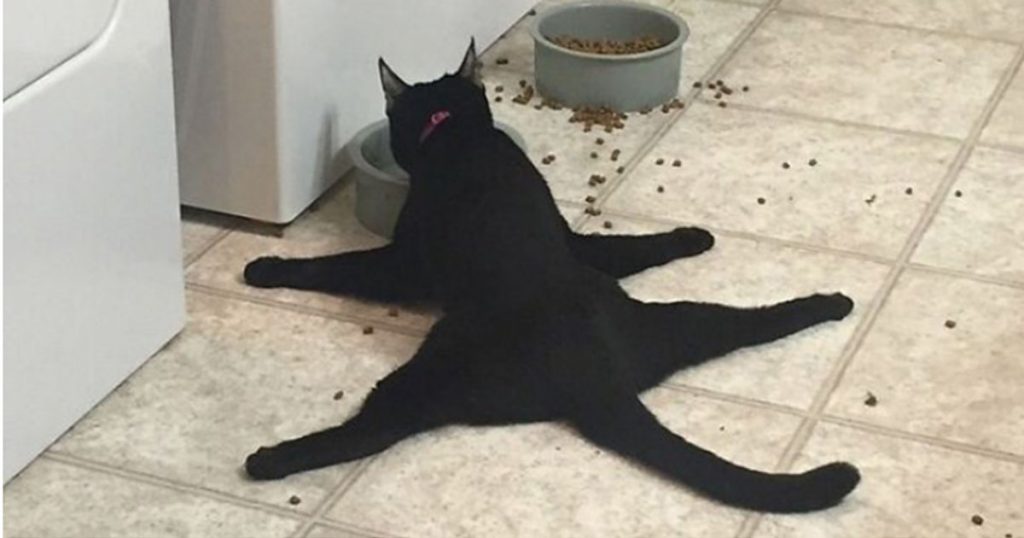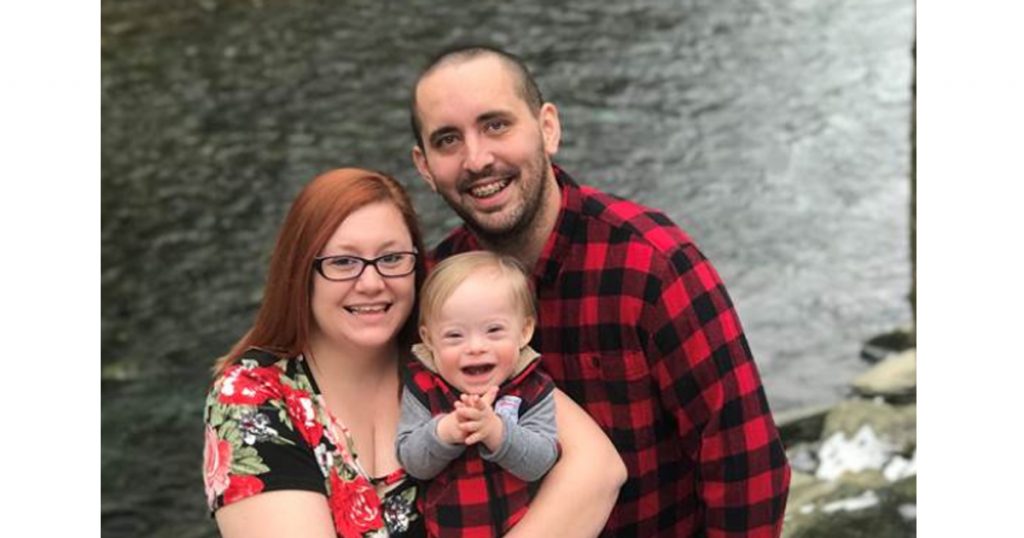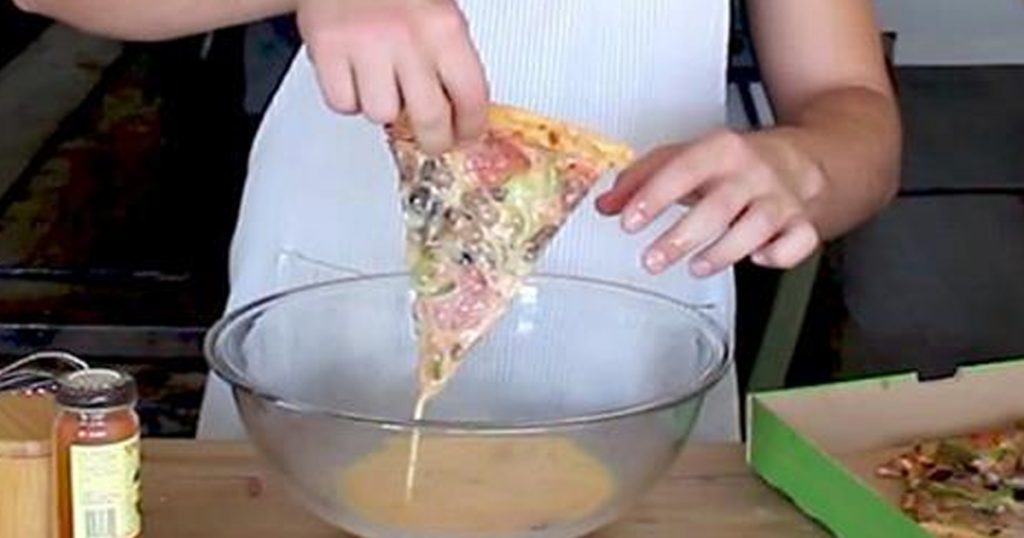Purple butterflies are new stickers on cribs in the hospital nursery. If you have never seen one, it is because they are just now becoming a thing. They were created by Milli Smith who was an ordinary pregnant mother awaiting the birth of her twins, until she got the bad news. However, instead of dwelling on the bad, she found a way to cope with the purple butterfly.

Milli Smith and Lewis Cann were told that one of her twins would not live long. The unborn baby was diagnosed with anencephaly. This news was devastating because there is no cure for this. The brokenhearted mother had to continue her pregnancy knowing only one baby was healthy enough to survive. The joy of impending motherhood was smothered by grief.

Skye and Callie were born, but Skye only lived a mere three hours. They let both babies share a crib in the nursery for a brief time. These brief moments were precious for Milli and Lewis because they could see their girls together. The babies were tiny and precious.

Although they had one daughter left, they were still grieving. Another mother of twins was feeling a bit overwhelmed and mentioned that they were lucky that they didn’t have twins. Milli Smith knew that the other mother didn’t know of her loss, After she had been dismissed, she thought of a way to help other parents not experience such thoughtless words.
She created the purple butterfly logo to be displayed on the crib of a surviving sibling. The purple butterfly announces that the family is grieving the loss of another baby. The parents don’t have to share the news with strangers. The purple butterfly does it for them.

If you see a purple butterfly, wrap the family in love. The baby in the crib is a blessing, but the family is going through a tragedy. Milli found a way to cope with the loss of her baby by helping other families. The purple butterfly is forever linked with her missing daughter. It helps extend the legacy of the brief three hour life.

Butterfly stickers not only alert other parents and families in the hospital, it also alerts other medical professionals who may not be aware of the loss. The families don’t have to repeat the story of their tragedy over and over because the purple butterfly tells the story for them. Other parents who have experienced the tragedy wish that the purple butterfly had been posted for them. The stickers do make a difference.

With the proceeds from the purple butterfly stickers, they are fundraising for support groups for grieving families. The butterfly can’t replace a life, but the proceeds can help those left behind. Milli and Lewis faced one of the most devastating tragedies. They found a way to help others in similar situations.
Pregnancy and Infant Loss Awareness Day is the fifteenth day of October each year. At 7 p.m. in every time zone, a candle is lit in honor for the memory of the babies who were lost. This Wave of Light burns around the entire world. President Reagan proclaimed October as the National Pregnancy and Infant Loss Awareness Month in October 1988. The awareness month helps others to reach out to the grieving families.

SIDS is one of the most common causes of death of infants. There are about 4,000 sleep-related infant deaths every year in the United States. Often SIDs is an unpreventable event, but there are risk factors that can be reduced by parents. We have compiled a list of ways to reduce the risk here.

Get rid of the cigarette smoke. Don’t smoke before the baby is born. Keep cigarette smoke away from the baby. Cigarette smoke is harmful to the unborn baby, and this includes secondhand smoke.

When you are pregnant, avoid cigarettes and smokers.
Be cautious about where you and the baby fall asleep. Never fall asleep while holding your baby in a chair, on the sofa, or in your bed. Bed sharing with other children or adults is dangerous to the baby. If you breastfeed, remember to put the baby back in bed before you nod off. Allowing an older sibling to sleep with the baby is also too risky.

It may seem mean to leave a baby in a crib without a pillow, but pillows can be dangerous. Use a firm crib mattress and put only the baby in the bed. Extra toys, blankets, and bumper pads should be taken out of the crib. Only the baby belongs in the baby bed. If something gets close to the baby’s face, rebreathing affects infant arousal.

The baby’s crib should be left in the room with the parents until the baby is at least 6 months old. After 6 months, the baby has the ability to roll over both ways. If the baby is less than 6 months old and has a cold, it needs extra comforting. Keep the crib close to you because babies with colds are at an extremely high risk for sudden death.

Cribs and bassinets are ideal places for baby to sleep. Stuffed animals don’t need to be cribmates until after the baby is old enough to roll over and sit up. Infants should be sleeping alone. You don’t want the toy to smother the baby.
Pacifiers are baby’s best friend. Allowing the baby to suck on a pacifier lowers the risk of sleep-related deaths. Don’t tie or clip the pacifier to the baby or the crib because it is a choking hazard. If you are a breastfeeding mother, introduce the pacifier after the baby has learned to feed.

Breastfeeding is a choice that mothers make. Breastfed babies are often healthier than bottle-fed babies. Breastfeeding soothes babies and helps them rest. Breastfeeding does not guarantee that your baby will not die from SIDS, but it does reduce the risk.

Baby pushups help strengthen a baby. Interactive tummy time with parents is important for a baby’s overall health. Don’t let the baby play on his stomach. A play mat on the floor is best for this type play. It reduces the risk of SIDS.

Reducing the risk of SIDS is important. Breastfeeding is one of the best choices a mom can make. If you are breastfeeding, be sure to eat and drink healthy foods. Whatever you consume is going to transfer to the baby.
If you decide to travel, be sure to pack along a safe crib for your baby to sleep in. Hotel cribs may not be the safest choice. You must plan ahead when you are traveling with your baby. Co-sleeping is not a good option. There are lightweight travel crib options.

If a room is too hot, shed some of the baby’s clothing. Don’t layer too many layers of clothing on your baby. Babies can get too warm. If a baby starts to sweat, remove the clothing and blankets. Babies need to be warm, but they don’t need to be too warm.

Strollers are not napping places for babies! If your baby falls asleep in the stroller, quickly pick the baby up and put him in the crib on his back. Preventing the baby from smothering is top priority. Getting the baby out onto the flat surface is important.

Snowsuits, coats, and blankets increase the risk of SIDS. It is unwise to leave your baby asleep with the coats and blankets covering them. Let them be comfortable laying in the crib. Remember baby seats are not the best places for babies to sleep.
Car seats are not the best places for babies to nap. If your baby falls asleep in the car seat, pick her up and put her on her back on a flat surface. It is tempting to let babies sleep in the seat, but don’t give in to the temptation. Sleeping on the baby’s back is the best position to prevent SIDS.

Baby swings are soothing and help babies fall asleep. However, the swings are not the safest sleeping accommodations for baby. It is best to pick them up and put them on a flat surface. It is not worth the risk to leave them sleeping in the swing.

Medicines that make you sleep soundly should be avoided while you are caring for your baby. You need to be able to wake up to check on your baby regularly. If you are too tired or sick and feel that you are unable to watch after your baby, ask a friend for help. It is best to ask for help than take the risk that your baby will suffer without proper supervision.

Being alert and aware is important when you are taking care of your baby. Parents of newborns are often sleep-deprived, but don’t let this be an excuse for not being the best parent you can be. Reduce the risk of SIDS by asking for help. It is important to take care of yourself and your baby.
Avoid alcohol when you are breastfeeding. If you are drinking alcohol, your baby is drinking some of it through your milk. It raises the risk of SIDS. It is a better plan to avoid drinking while you are taking care of your baby.

Make sure your baby gets all of the baby immunization shots. The CDC has reported that babies who are up to date on their shots have a 50% reduced risk of SIDS compared with babies who have not been given their baby shots. Shots are painful but definitely worth the risk. Pay attention to the schedule, your baby depends on you.

Don’t use regular baby blankets when baby is sleeping. The baby can get tangled in it or pull it over his face. Preventing smothering is the key to preventing SIDS. If you must use a blanket, a wearable blanket is best.

The baby needs to be dressed appropriately for sleeping. Dress your baby in light clothing or a onesie for naptime. Wrapping a baby in blankets is not a good idea because the baby could smother. Reducing the risk of SIDS is excellent parenting!
